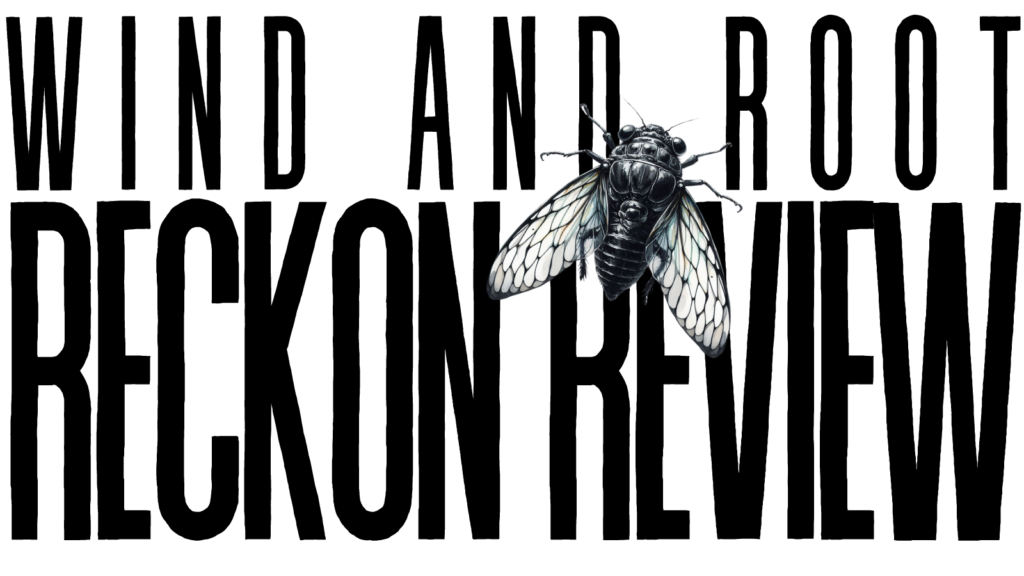
By Stuart Phillips
Two years ago, as the leaves on the sumacs began to blaze and my morning walks began calling for a sweatshirt, I dug up the dozen Chinese peonies from the shaded front of my house. They were easily ten years old, so it was a task, even with soft dirt full of humus that allowed my shovel to slide through. Still, the roots shot off at odd angles and I wasn’t excited about digging so I admit that I sliced some roots here and there. Three hours later, the peonies were moved to their new home in the sun, where they provide a lovely backdrop to our grapevines. My job was done. This is not the story of the twelve peonies I moved—this is the story of what I left behind.
Last year, I put on my comfy kneepads and began crawling amongst the new landscaping in the front: hosta, red-twig dogwoods, and (of course) hydrangea. I was busily plucking the random weeds that spring overnight whenever we have a rain when I paused. Even as babies, one set of long, glossy points were instantly recognizable as Chinese peonies. I cleared the duff away, got a trowel and began digging (gingerly this time).
A minute later I had my prize: a six-inch bit of root that had been sliced by my shovel had not only lived, it had sprouted through five inches of dirt. I took this survivor to a spot on the sunny side of the house where it joined its kin in overlooking the grapevines and pasture of native grasses.
And then it happened again. And again. And now I’ve transplanted five survivors that I had honestly moved on from.
The internet is choked with memes of inspirational quotes extolling writing as akin to casting seeds. I think it’s more analogous to planting, then uprooting the plants again and again, each time leaving a little something behind. You grow them in your garden, move them to an agent who moves them to a publisher who moves them to a website or a bookstore who moves them to a reader who — well you get the picture. But it’s this last move that’s the most important because it’s the one that has the potential to leave behind something meaningful, something that actually realizes your vision for your work.
Everything you write is a hybrid of everything you’ve ever written, read, experienced, or imagined. Your words imbue your creation with these ideas, symbols, thoughts, even morals. At some level, there is the hope that a wee piece of the root—the essence—will make it to the reader and find fallow ground. Turkish novelist Orhan Pamuk said “I read a book one day and my whole life was changed.” That happens. But even if your writing simply provides succor in a time of crisis by a reader remembering the way you put a problem into perspective or how their protagonist dealt with a loss, that’s good work. If your work makes them hold the book half-closed for a moment and think about what you’ve written, that’s great work.
At the same time, we also have to accept that sometimes the roots just die. Sometimes, despite your best intentions people read your work and just . . . move on with their lives. And that’s absolutely fine. You are going to keep planting and there will be more readers and more roots and eventually the magical confluence of warmth and nutrients and moisture generate a seedling of thought in a reader. And that’s a damn good crop.
Read more of Stuart’s work here.

Stuart Phillips is an expatriate Mississippian, former Army officer, and recovering lawyer who now lives and writes in the Mohawk Valley of New York. A graduate of Ole Miss, Pepperdine (JD) and Fairfield University (MFA), Stuart is slowly driving himself mad with revisions on The Great Southern Novel. You can follow his descent at stuartphillips.work or on Instagram @deltawriter12.
